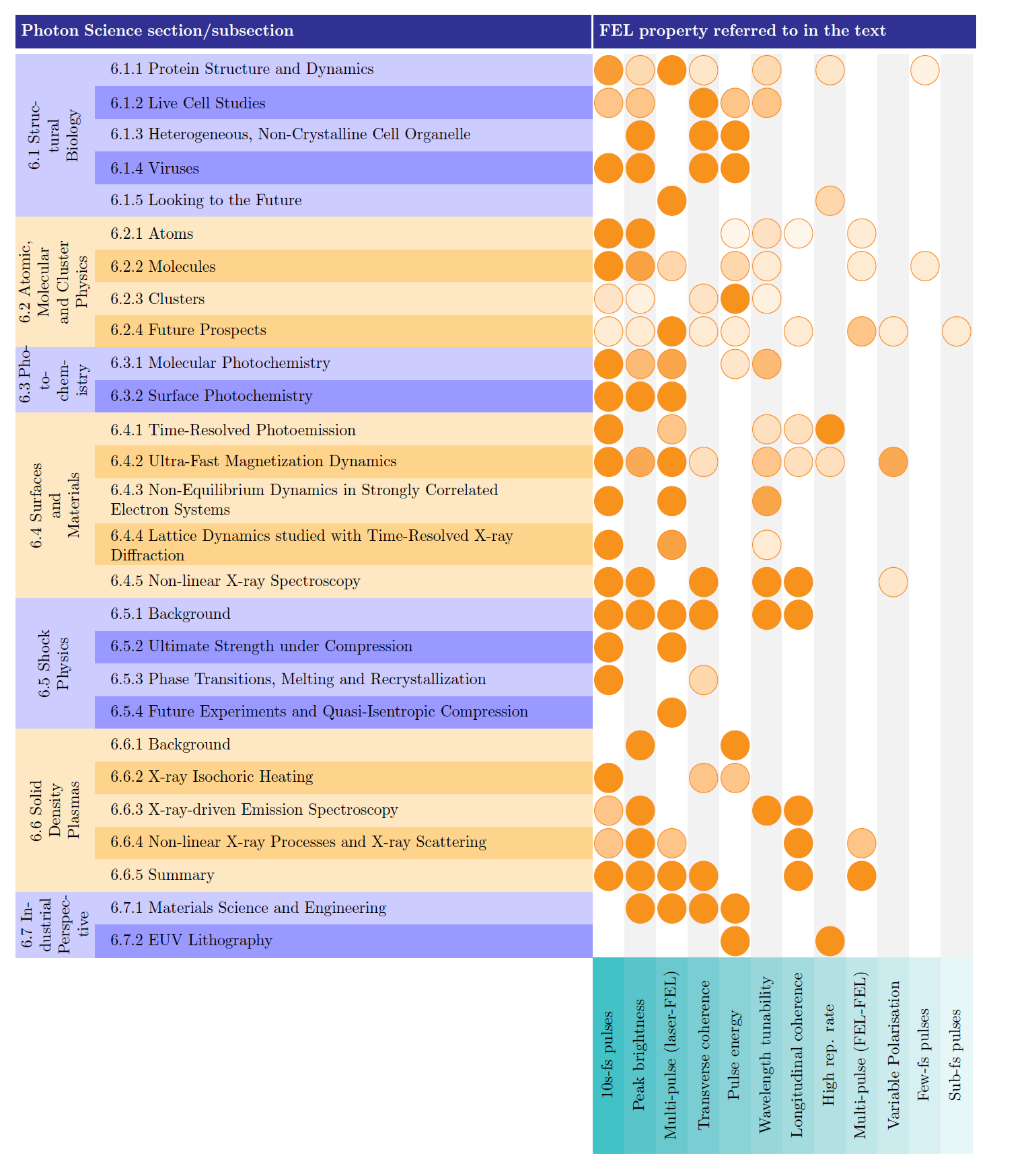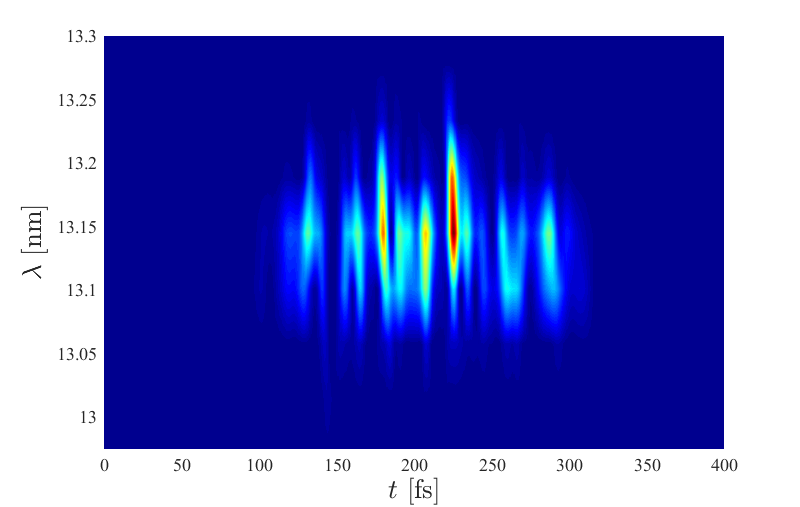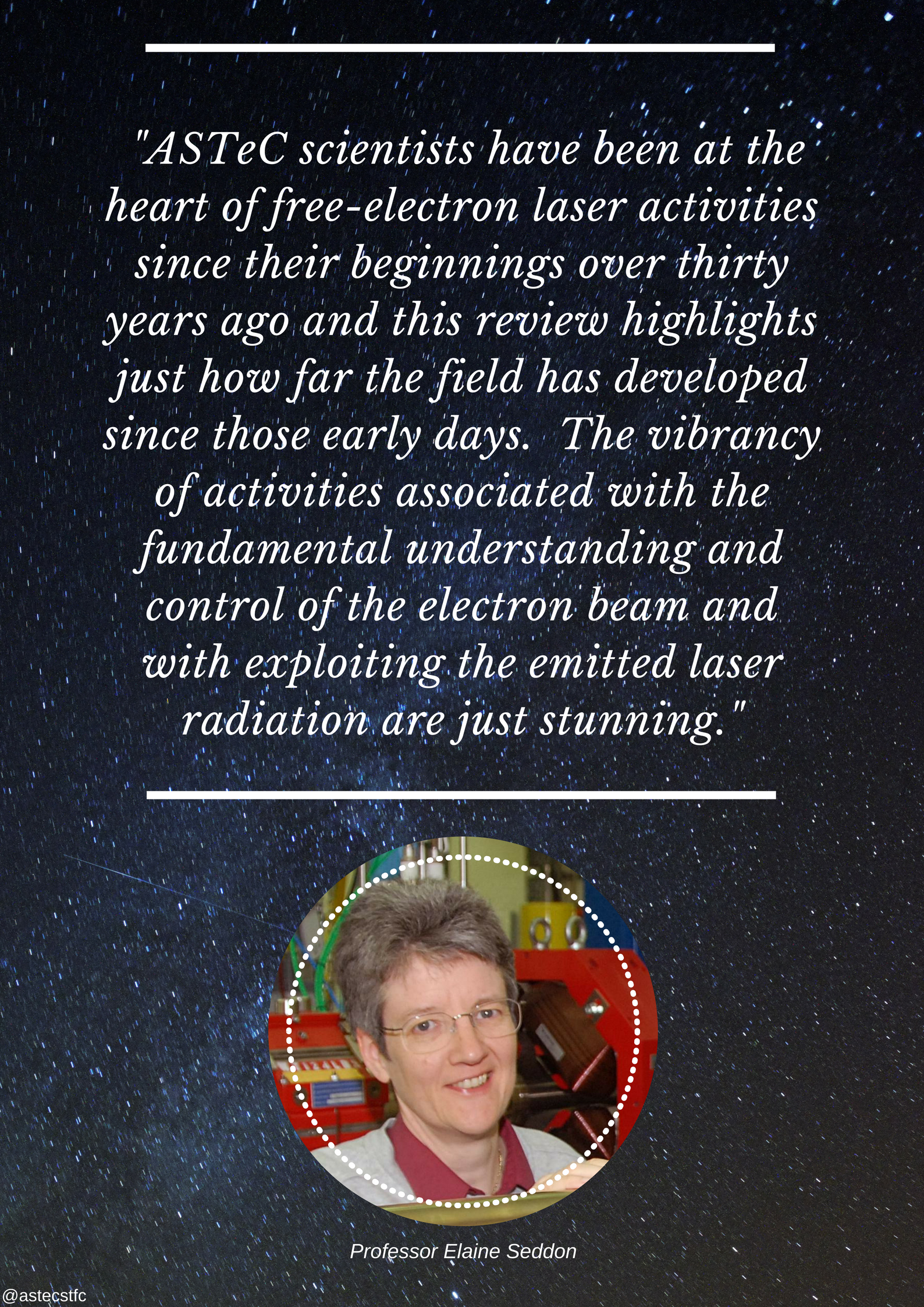ASTeC has recently led on the writing of a review which aims to provide newcomers to the field of free-electron lasers (FELs) with an overview of the physics underlying short-wavelength FELs, the nature of the radiation they produce, the means of transporting this radiation in a well-controlled manner to experimental stations, and the ways in which scientists and technologists have exploited the unique characteristics of the radiation.
The various sections have been written by specialists in a number of areas who have worked on a range of facilities worldwide and who were chosen to give a balanced coverage of the whole field rather the output of a single facility.
The review has several unique features. For example, it covers 'under one roof' FEL theory, electron beam characteristics, radiation transport and diagnostics, together with scientific and technological applications.
Considerable attention has been placed on the multiple requirements that scientific applications place upon FEL photon beams and Table 1 qualitatively highlights this by matching scientific areas (left-hand column) with FEL radiation properties (bottom row). The intensity of the coloured circles indicate the importance of a particular property to a particular experimental technique or area. Clearly, most scientific endeavours are dependent upon more than one FEL radiation property - a feature that often makes life hard for accelerator physicists. Active links in this table, direct readers to appropriate places in the review for more information.

Table 1: Summary of the connections between scientific areas and FEL radiation properties
Sections on high-gain FEL theory and advanced techniques describe how such devices work and how that translates to the properties of FEL light that can be delivered for experiments (see Figure 1 for an example). There follows a section in which FEL light sources are compared with other sources of short wavelength radiation such as high harmonic generation table-top laser sources, energy recovery linac sources and synchrotron sources. FELs are shown to be a billion times brighter than the next leading source.

Fig 1: Example time-frequency output of a standard FEL operating mode. Enhanced output such as a single temporal pulse or narrower frequency bandwidth can be delivered using more advanced modes.
Close to half of the review is concerned with applications which span those in structural biology, atoms, molecules and clusters, surfaces and materials. Particular emphasis is placed on dynamics studies and those utilising the particularly high peak power of the FEL sources. A technological perspective for materials science and some aspects of EUV lithography are also covered. Finally, 592 references are included most of which have active links to the original source material.
ASTeC prides itself on its world-class expertise in relation to FELs and our world-class colleagues such as Professor Elaine Seddon who offered her thoughts on the significance of this paper:

The paper entitled 'Short-wavelength free-electron laser sources and science: a review' (Reports on Progress in Physics, Volume 80, Number 11) is available at https://doi.org/10.1088/1361-6633/aa7cca.
